Notes
Remarkably Everyday Photos of a Gender Creative 9-Year-Old with a Passion for Drag
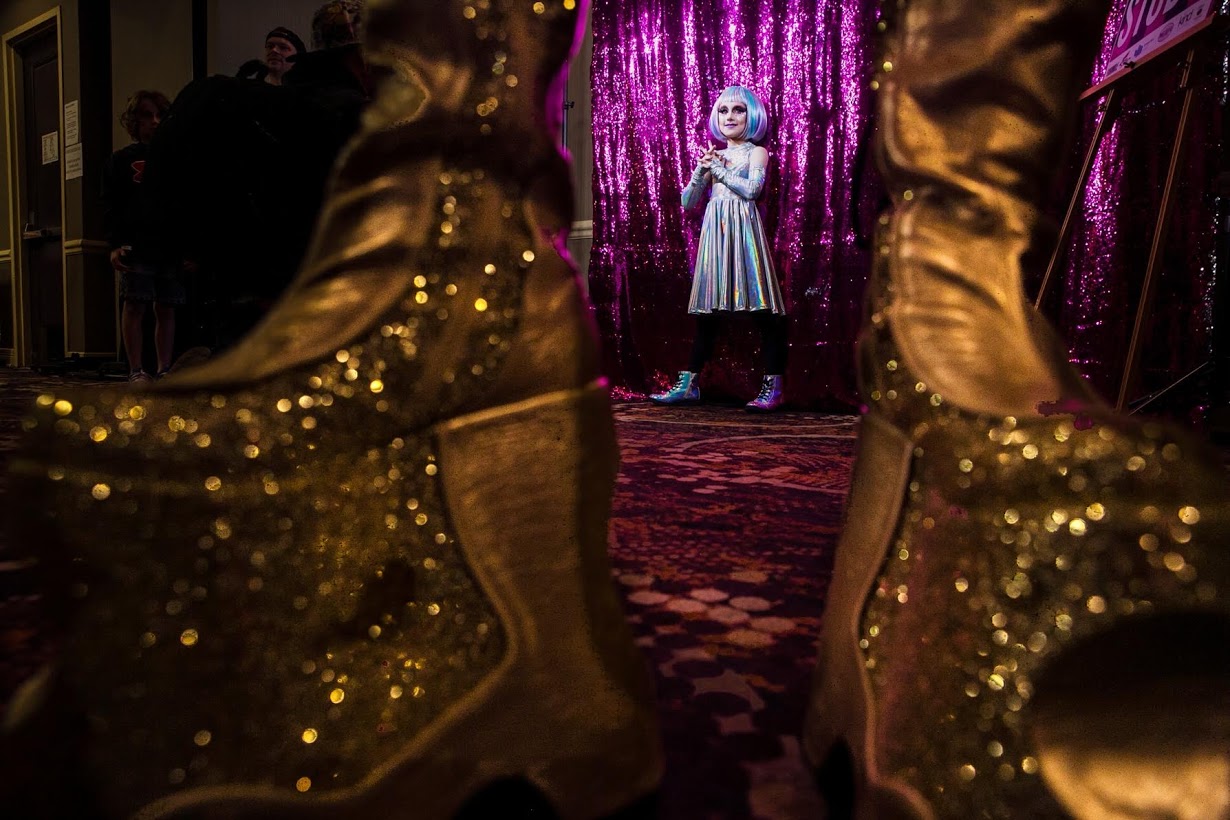
Oh, how invested we are in gender and gender binaries.
When I was a child — short-haired and baggy-clothed — bathroom gender policing was an everyday thing. “This is the girl’s bathroom,” someone would say, looking piercingly at me.
Thirty years later, this soft-butch, cis-gendered lesbian never gets mistaken for a man, but our six year old who uses she/her pronouns is repeatedly hailed with he/him pronouns as she climbs rocks or barrels down sidewalks in clothes not so different from the ones in the picture below.
I don’t make a habit of correcting folks’ pronoun use. It doesn’t bother her, and I find the inevitable response more troubling than pronoun presumption itself: “oh, god, I’m so sorry,” the flustered interlocutor inevitably says. Or, worse, they become defensive. How could we have failed to dress her such that they could “tell”?
“Boy or girl?” is often the first question people ask, even of a pregnant person. A cashier once pointed their scanner at my belly, pulled the trigger, and asked it. I replied, “I’m hoping for a human.”
Though I try not to model the persistent “boy or girl?” question and often use gender neutral language, our kids still picked up those gender-obsessed habits. 21st-century children that they are, they know that not everyone fits a gender binary. But they still want to know how everyone identifies. They comment on gender. Frequently.
All of which brings me, at last, to Amanda Voisard’s pictures featured in the Reuters article “Nine-year-old helps teach educators about queer youth” written by Daniel Trotta.
There is a lot I like about the article and even more that I like about the photographs. Both push against gender binaries. Both model the complexity and beauty of gender. Both treat Keegan, the main subject of the feature, as the full, developing young human being that he is. But neither the story nor the photos escape entirely that deep-seated investment in gender. And that is what lends the photo essay some interesting tensions.
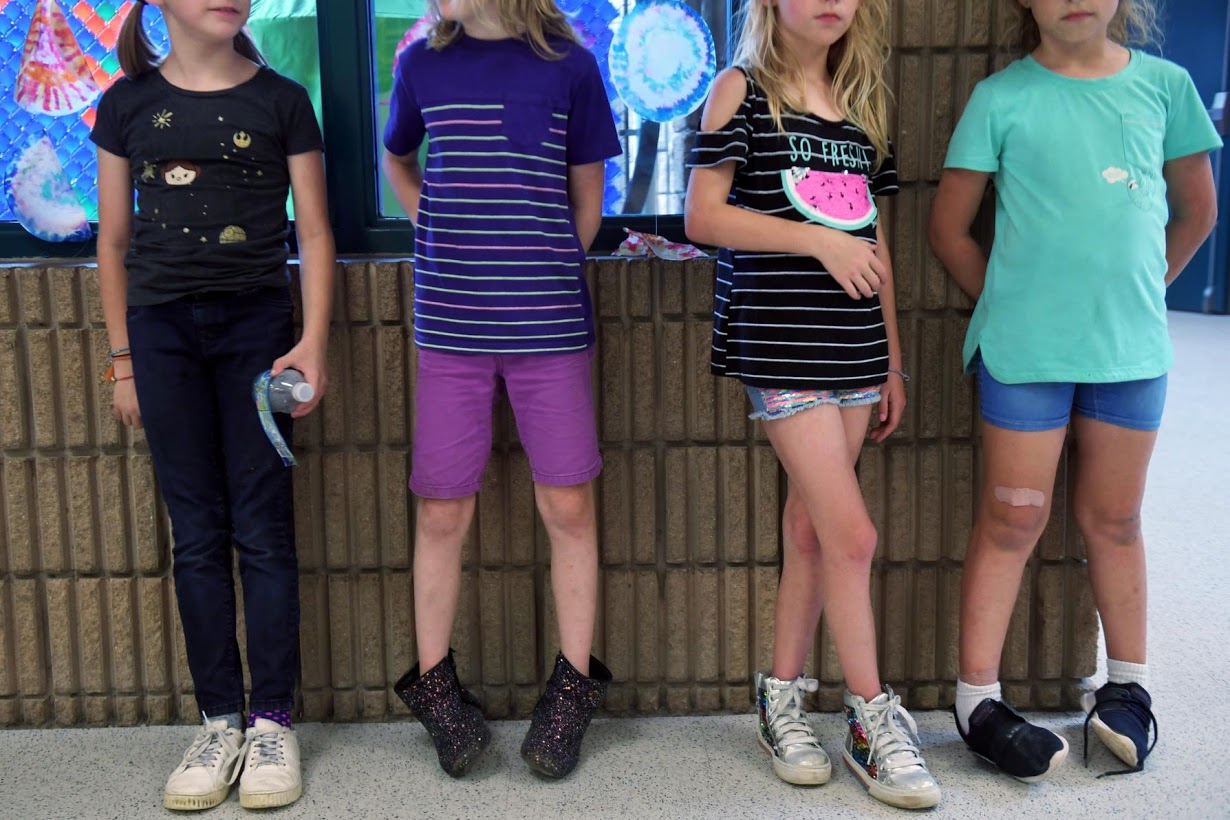
Before getting into a critique, though, there are a few things that I love about these photographs of gender fluidity. Most especially, I love the ordinary photographs. Keegan, pictured above wearing the purple shorts, stands with three other third grade classmates. Their faces are cut off, so we just see their bodies.
They are all full of the ordinary awkwardness of childhood: band-aids on knees, feet too big for bodies, stances simultaneously relaxed and awry. We are trained to read gender in the clothes, the length of hair, the shoes, the body positions, but the photograph seems less interested in our presumptions about gender than in the fact of these four kids standing alongside one another.
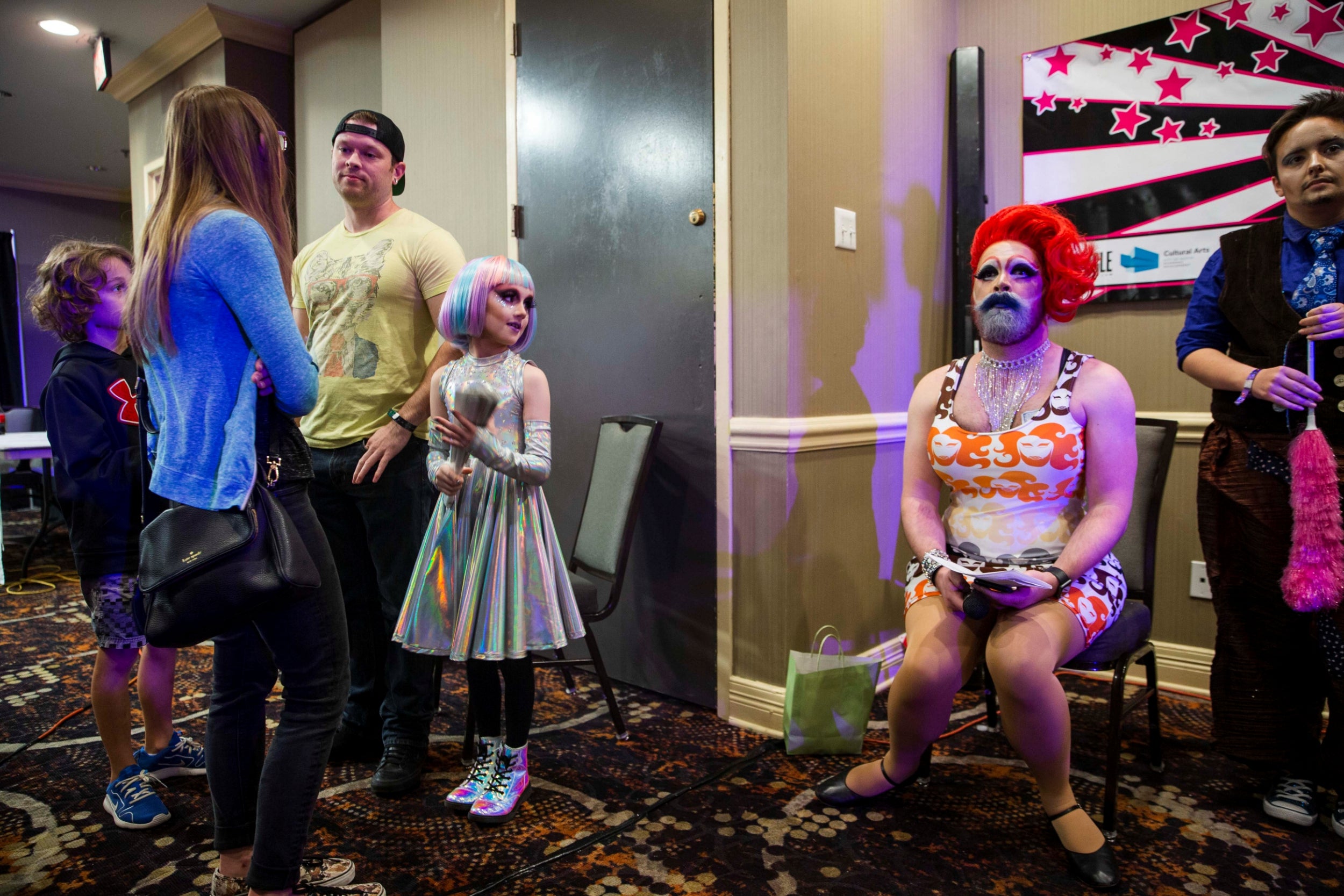
In a similar way, this photograph of Keegan off stage at the 2018 Austin International Drag Festival may seem extraordinary to some, given Keegan’s multi-colored pastel hair, shiny dress, and glitter boots, not to mention the flaming red hair of the older drag queen sitting nearby. But here again Keegan’s gender presentation is offered up as ordinary. His glance of interest, appreciation, and curiosity toward a more experienced performer looks like any kid’s sidelong admiring gaze. He stands with his family cluster, and he is remarkable because this is his event and his family is here to support him, not because his gender presentation itself demands remark.
This same approach appears again and again in the photo essay. Voisard’s pictures show us Keegan as a kid; we see him pouring glitter on his head, laughing with his mom, bouncing on the trampoline with his brother, and practicing his routine with his mentor, Robby. Sometimes Keegan is shown wearing a dress and makeup, sometimes not. In this way the photos invite us to notice his gender presentation, but we are not invited to stare.
At other times, though, both the photos and the text acknowledge the binary norm and invite us to focus on Keegan’s departures from it.
Overall, the written portion of the essay treats gender fluidity as itself the norm. It reminds us that many kids develop preferences around gender presentation by kindergarten, and it emphasizes Keegan’s right to make decisions about his own body and identity. However, Trotta’s article does not completely avoid invoking the out-of-the-ordinary. It opens, for example, with a story about Keegan saying he wanted to be a drag queen when he grew up. The next paragraph notes that the moment “illustrat[es] just one of the challenges facing educators as they accommodate the range of gender identities that students might express.”
Challenges.
As a teacher myself, I understand the anxiety of helping students treat one another with dignity and respect. I also know, though, that presenting Keegan’s comment as a “challenge” for teachers to “accommodate” puts the burden of difference on Keegan, not on social phobias and prejudices. Trotta’s task is challenging, for sure. He seeks to write unremarkably about a reality that is still remarkable for many readers in the United States. For the most part, he succeeds, but some tension is inevitable.
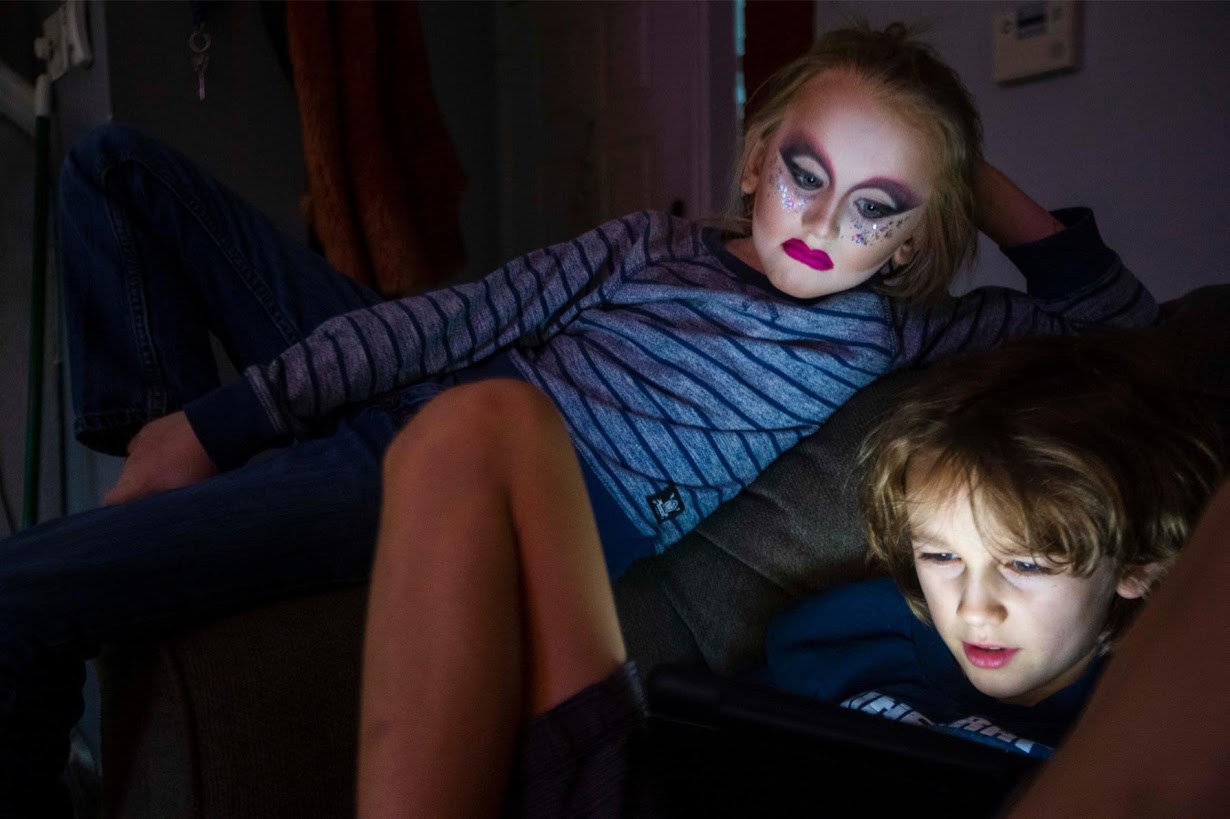
Photographically, Voisard has an even more challenging task. Unlike beauty contests, gymnastics meets, and soccer matches, all of which are acceptable performance venues for children, drag performance is powerfully coded as adult and as sexual. This means that any time Voisard captured an image of Keegan in drag, she faced a visual tension not of her own making. So it is all the more impressive that her photographs consistently present Keegan as the child he is while also making his everyday gender performance and drag work part of his childhood.
In some photos, like the one above, this tension takes center stage. It shows Keegan reclining on the arm of the couch in full make-up, looking over his brother’s shoulder as Noah plays video games. The dramatic lighting (thrown by the computer screen), Keegan’s body position, and his full, fuschia-colored lips push him, visually, toward adulthood. The disconnect between his casual clothes and stage-ready face highlight the tension and raise the question “is this normal?” in a way that undermines the photo essay’s larger purpose in picturing Keegan.
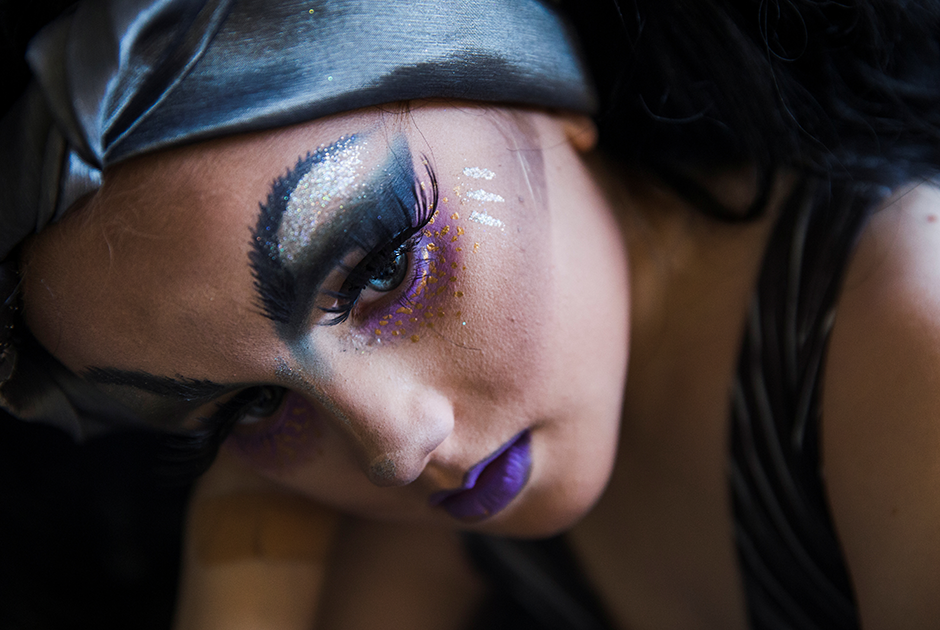
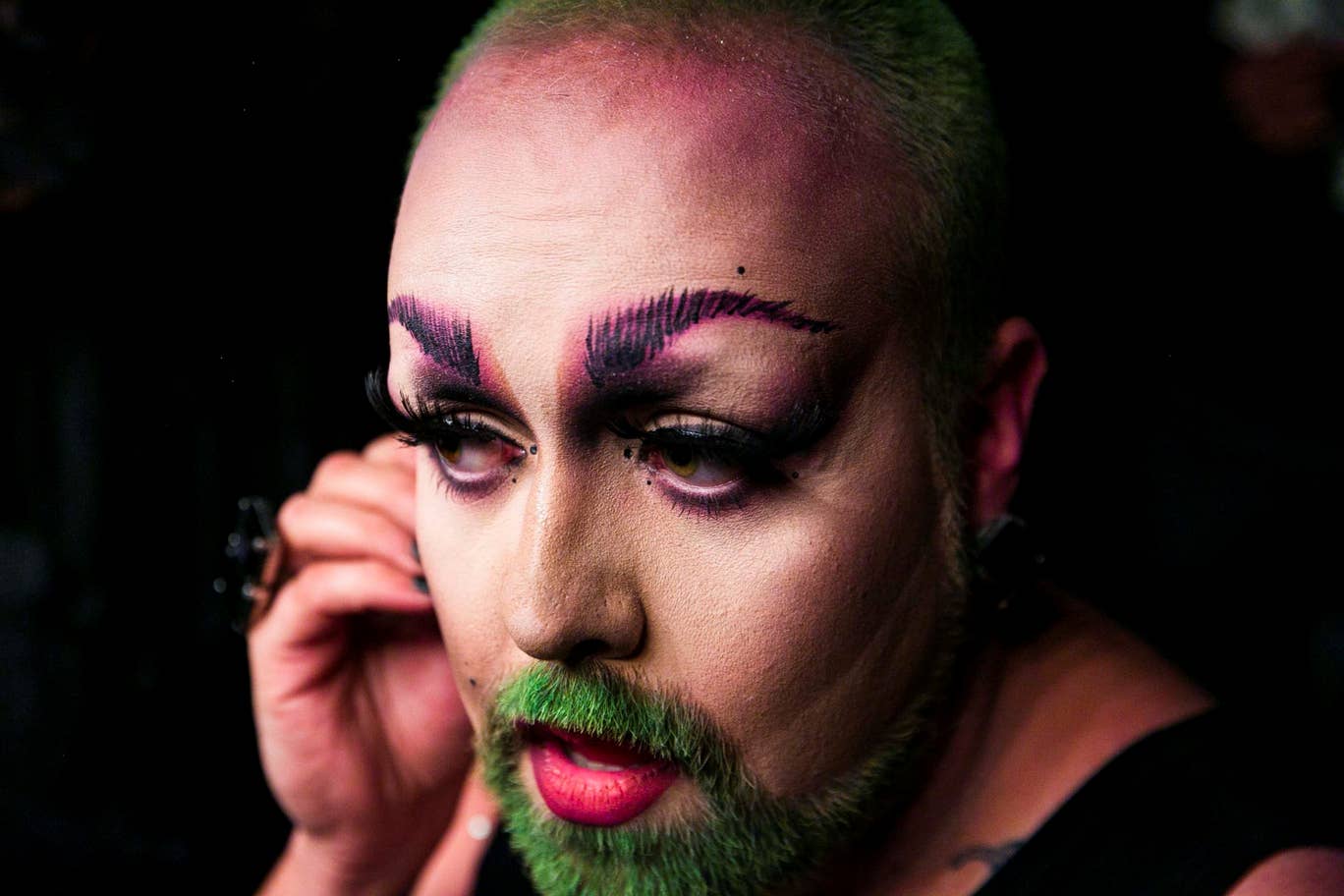
A close-up portrait of Keegan in full make-up has a similar effect, especially when placed alongside a similar portrait of his mentor, Robby. By repeating this composition, drag becomes a thing for queer grown-ups and so Keegan must be transgressing more than just gender norms to enter that world.
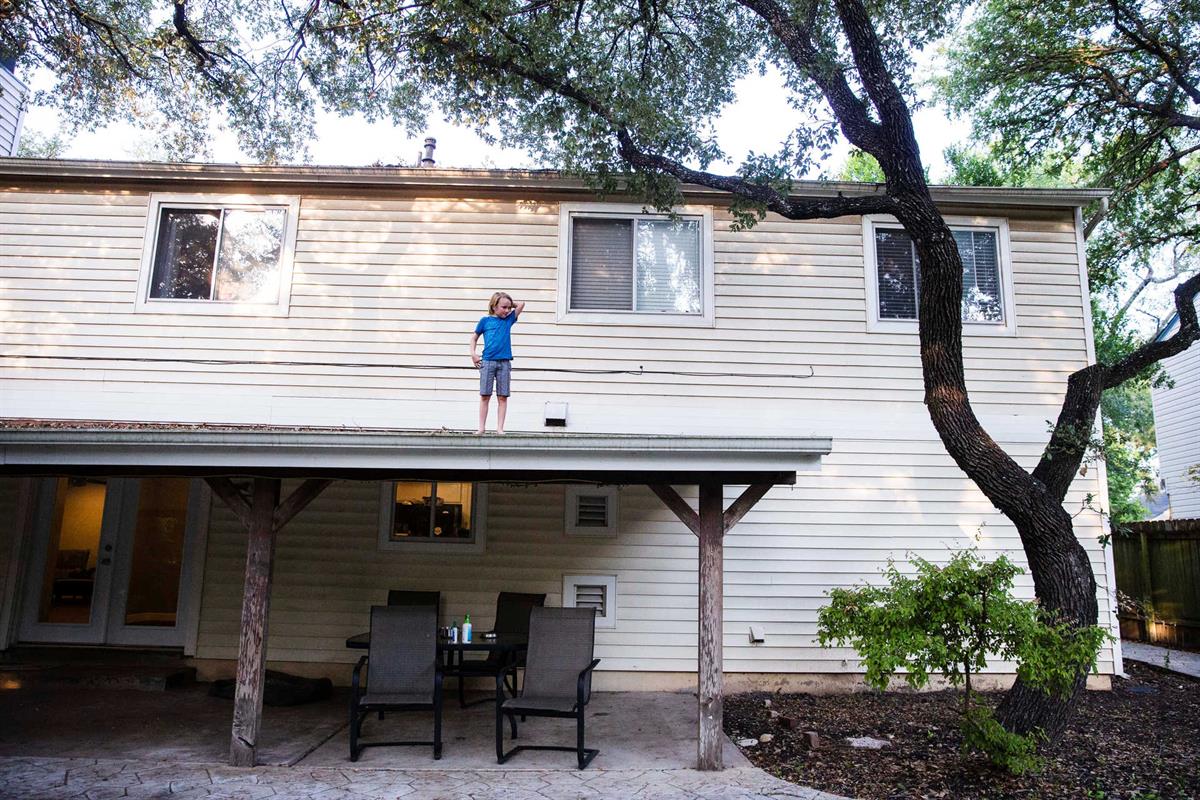
And it’s not just in drag photographs where we encounter lingering investments in gender as a binary.
Halfway through the slideshow of photographs that ends the essay, we find Keegan standing on the roof of his family’s back porch. Dressed in blue shorts and a t-shirt, his chin-length hair pushed back so that it looks shorter, Keegan gazes down at the ground. The roof could well be a stage, but this photograph seems emphatically not about drag. The caption emphasizes that point, insisting that even though he has shown interest in “traditional female clothing” since he was four, Keegan is also a traditional boy who “continues to exhibit strong stereotypical male behavior such as rough play with his brother” (and climbing onto roofs).
On the one hand, this photograph could be an invitation to view both traditionally masculine activities and traditionally feminine activities as performances that can be taken up by anyone. On the other hand, the picture and caption also make an appeal to the real. In his backyard, left to his own devices, Keegan can be easily recognized as one gender, even if he sometimes also performs another.
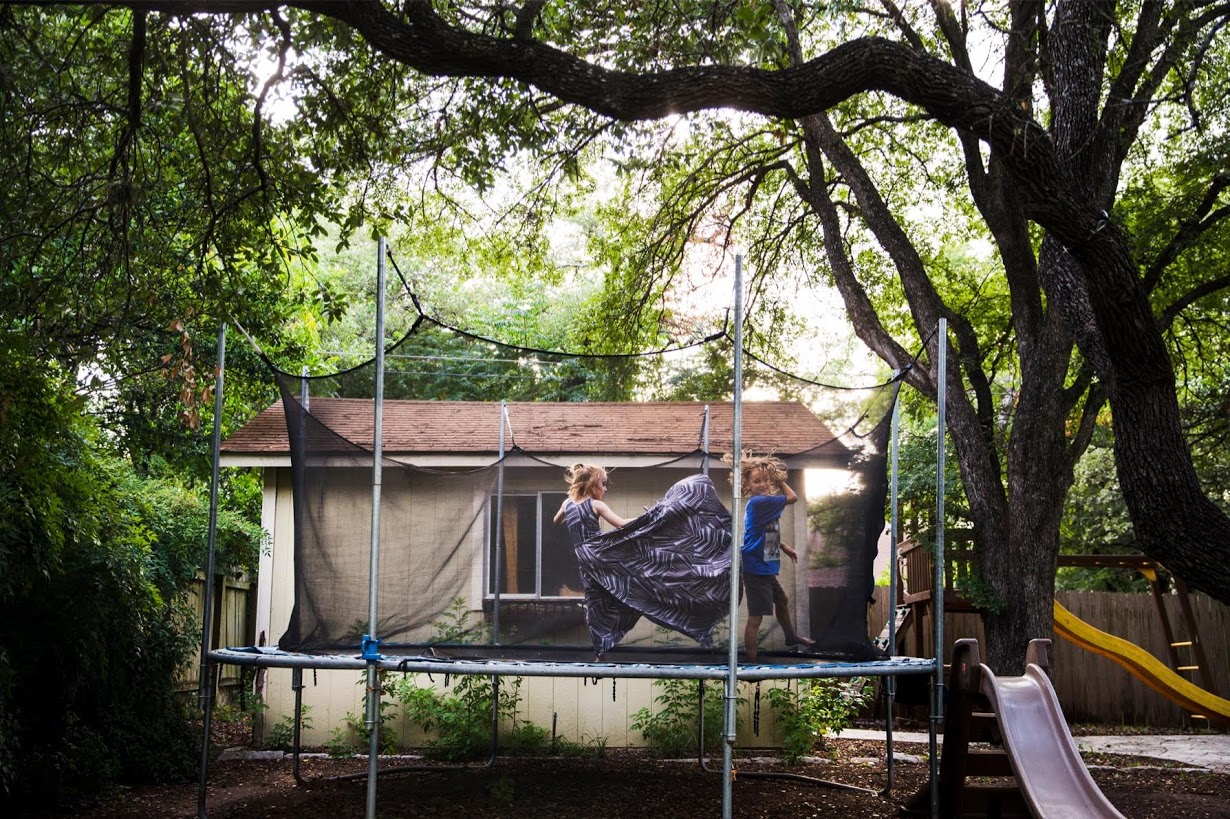
Thank goodness, then, for the trampoline, where Keegan and Noah leap and kick while Keegan’s full skirt flies in the air.
Maybe, just maybe, the photo essay can be remembered for Voisard’s very best pictures, teaching us to see gender as equally flowing and equally human.
–Christa J. Olson
Photos: Amanda Voisard/Reuters. Caption 1: Keegan, 8, who identifies as gender creative, drag name Kween-Kee-Kee, poses for a photograph after completing his first drag performance during the Austin International Drag Festival 2018 near Austin, Texas, U.S., November, 18, 2018. Caption 2: Keegan stands with his 3rd grade classmates at his elementary school. Caption 3: Keegan, accompanied by his family, glances at another performer during the Austin International Drag Festival 2018. Caption 4: Keegan and Noah play video games. Caption 5: Keegan relaxes after a drag class. Caption 6: Robby prepares to take the stage during the International Drag Festival 2018. Caption 7: Since the age of 4, Keegan has been prone to dressing in traditional female clothing, asking to wear dresses to pre-school. At the same time, his family also said he continues to exhibit strong stereotypical male behavior, such as rough play with his brother. Caption 8: Keegan bounces on the trampoline with his brother Noah.
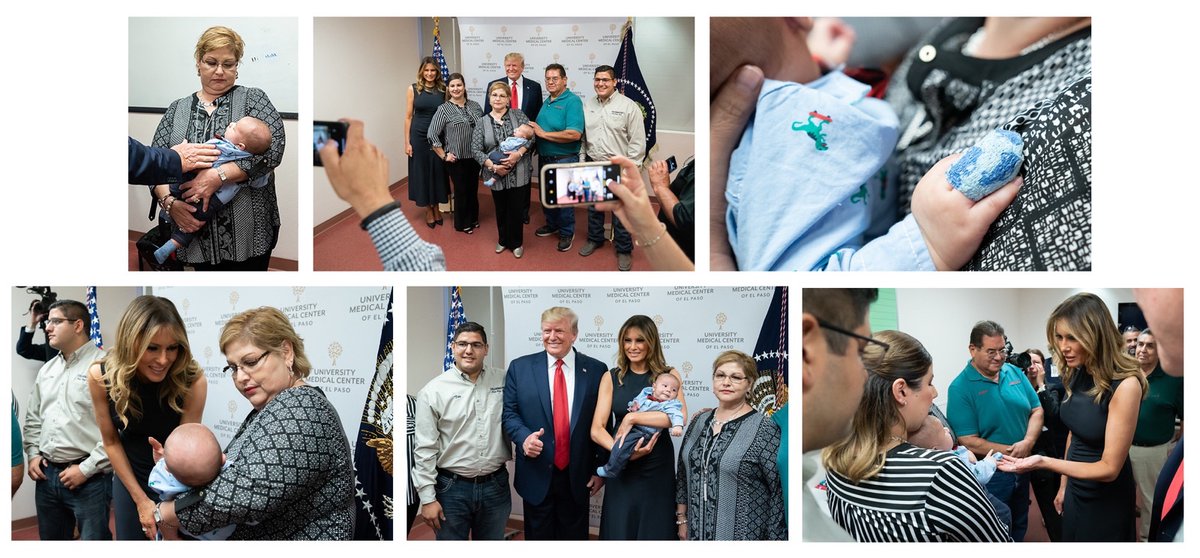
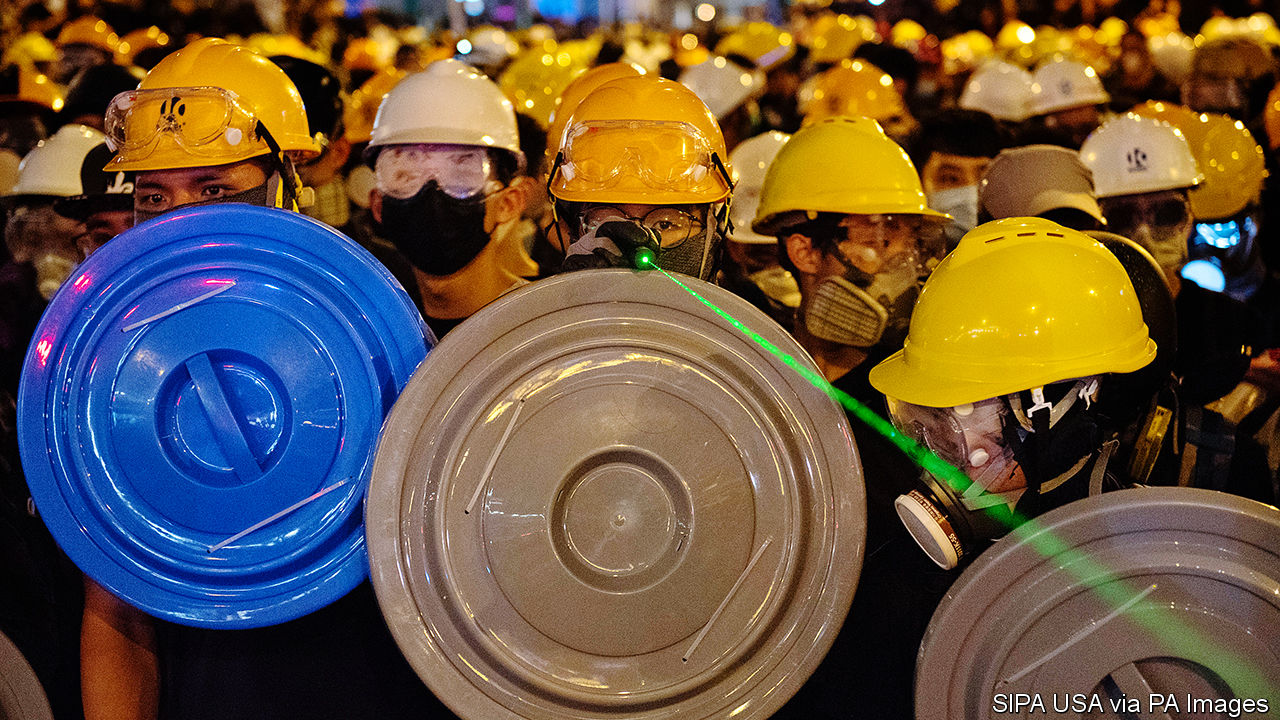
Reactions
Comments Powered by Disqus